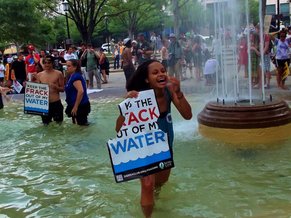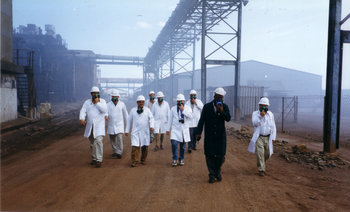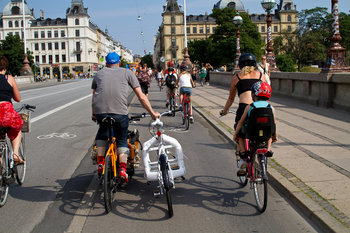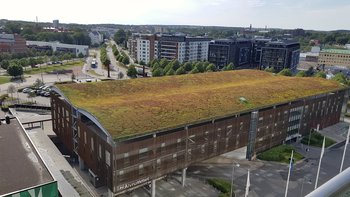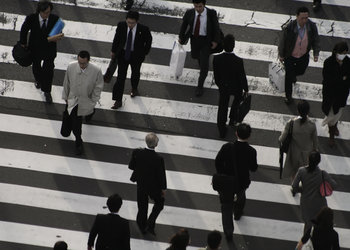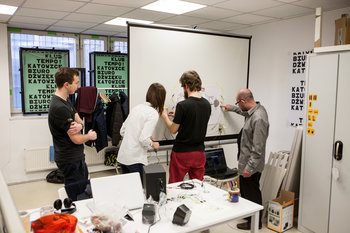|
| |
Embodied energy is the total amount of energy that goes into a product or service throughout its lifecycle. It is an environment accounting method that is commonly used to compare transportation systems, buildings and materials.In some cases, embodied energy numbers surprise people because some materials and techniques that are commonly believed to be environmentally friendly may have a large energy footprint. Energy footprint is one of many sustainable design considerations.
Calculation NotesThe key step in calculating embodied energy is to decide what to include in the lifecycle of a building, product or material. It is common to include extraction, transport, manufacture, assembly, installation, operational costs, maintenance and recycling or reuse. Operational costs require baseline assumptions such as the kilometers a vehicle travels or lifespan of a building. For vehicles, embodied energy is typically calculated per kilometer.|
Type | | Definition | The total energy that goes into a building, vehicle, material, product or service over its lifecycle. | Related Concepts | |
Sustainability
This is the complete list of articles we have written about sustainability.
If you enjoyed this page, please consider bookmarking Simplicable.
© 2010-2023 Simplicable. All Rights Reserved. Reproduction of materials found on this site, in any form, without explicit permission is prohibited.
View credits & copyrights or citation information for this page.
|


